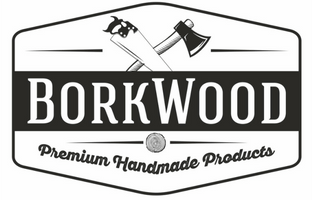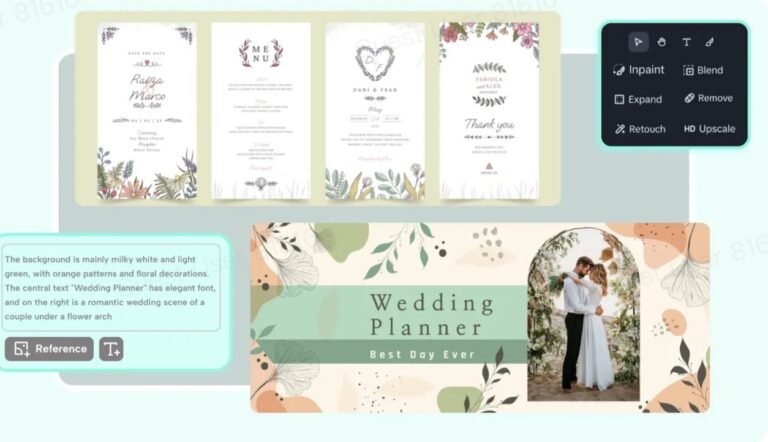How Businesses Leverage AI to Enhance Visual Content
In today’s digital era, visual content has become the cornerstone of online communication, branding, and engagement. With consumers’ attention spans shorter than ever, businesses need to produce captivating visuals quickly and efficiently. This is where Artificial Intelligence AI steps in, revolutionizing how visual content is created, optimized, and delivered. From streamlining design workflows to generating unique graphics, AI is proving to be a game changer.
One tool making waves in the design world is the free AI image generator, enabling businesses of all sizes to create professional-quality visuals with minimal effort. But how exactly are businesses leveraging AI to stay ahead in this visual-centric world? Let’s explore.
AI Powered Design Tools
Gone are the days when designing required advanced technical skills or hiring expensive graphic designers. AI-powered design tools are democratizing access to high-quality visual content. These platforms utilize algorithms to:
- Generate Custom Graphics: AI tools analyze user inputs, such as color schemes, themes, and styles, to produce tailored graphics that align with brand identity.
- Automate Editing Tasks: Features like auto-cropping, background removal, and color correction save hours of manual work.
- Personalize Content: AI can adapt visuals to suit different target audiences, ensuring relevance and higher engagement rates.
For example, e-commerce businesses use AI to create product visuals optimized for various platforms, enhancing both consistency and appeal.

Enhancing Marketing Campaigns
AI’s ability to analyze massive datasets allows marketers to fine-tune visual content for their campaigns. By studying trends and consumer behavior, AI tools can recommend:
- Optimal Image Styles: Understanding which styles resonate with specific demographics.
- Platform-Specific Formats: Ensuring visuals are tailored for social media platforms like Instagram, LinkedIn, or TikTok.
- Dynamic Content Creation: Tools like Canva’s Magic Resize use AI to adjust visuals for different platforms, maintaining quality and design integrity.
This level of precision ensures marketing efforts yield better results, with more clicks, shares, and conversions.
Real Time Content Optimization
AI-driven platforms enable real-time optimization of visual content. For instance, tools can analyze how audiences interact with visuals and make suggestions for improvement. Features include:
- A/B Testing: AI automates testing different visual elements, such as color schemes or call-to-action buttons, to determine what works best.
- Adaptive Visuals: Creating multiple variations of an image to match diverse audience preferences.
- Engagement Insights: Providing data on which visuals perform better and why.
Businesses can use this feedback loop to refine their content continuously, ensuring it stays engaging and effective.
Leveraging AI for Video Content
While static images remain crucial, video content is quickly becoming the most consumed type of media online. AI simplifies video creation through:
- Automated Editing: AI tools like Pictory can stitch together footage, add transitions, and overlay text, reducing production time.
- Content Summarization: Platforms use AI to create short clips or highlights, perfect for social media sharing.
- Personalized Recommendations: AI analyzes viewer preferences to suggest edits or modifications for better engagement.
For example, brands leverage AI to produce explainer videos, customer testimonials, and interactive ads tailored to their audience.
Read also: AI in Wedding Planning
The Role of AI in Visual Content Accessibility
Inclusivity is becoming a priority for businesses, and AI is helping make visual content more accessible. Features like automatic alt-text generation, closed captions for videos, and image recognition tools ensure content reaches a broader audience, including individuals with disabilities.
Actionable Tips for Businesses
If you’re looking to incorporate AI into your visual content strategy, here’s how to start:
- Identify Your Needs: Determine whether you need help with design, optimization, or accessibility.
- Choose the Right Tools: Popular options include Canva, Adobe Express, and Fotor.
- Experiment with AI Features: Start with basic features like background removal or auto-cropping, then explore advanced tools.
- Monitor Performance: Use analytics to track how AI-generated visuals perform and adjust accordingly.
- Stay Updated: AI tools evolve rapidly. Keep an eye on updates and new features that could benefit your business.
The Future of AI in Visual Content
As AI continues to evolve, we can expect even more sophisticated tools that blur the lines between human creativity and machine precision. From 3D modeling to hyper-realistic image generation, the possibilities are endless. For businesses willing to embrace AI, the potential for creating impactful visual content is unparalleled.
By leveraging AI, businesses not only save time and resources but also elevate their visual storytelling. Whether it’s through smarter design tools, real-time optimization, or enhanced accessibility, AI is shaping the future of how brands connect with their audiences.


